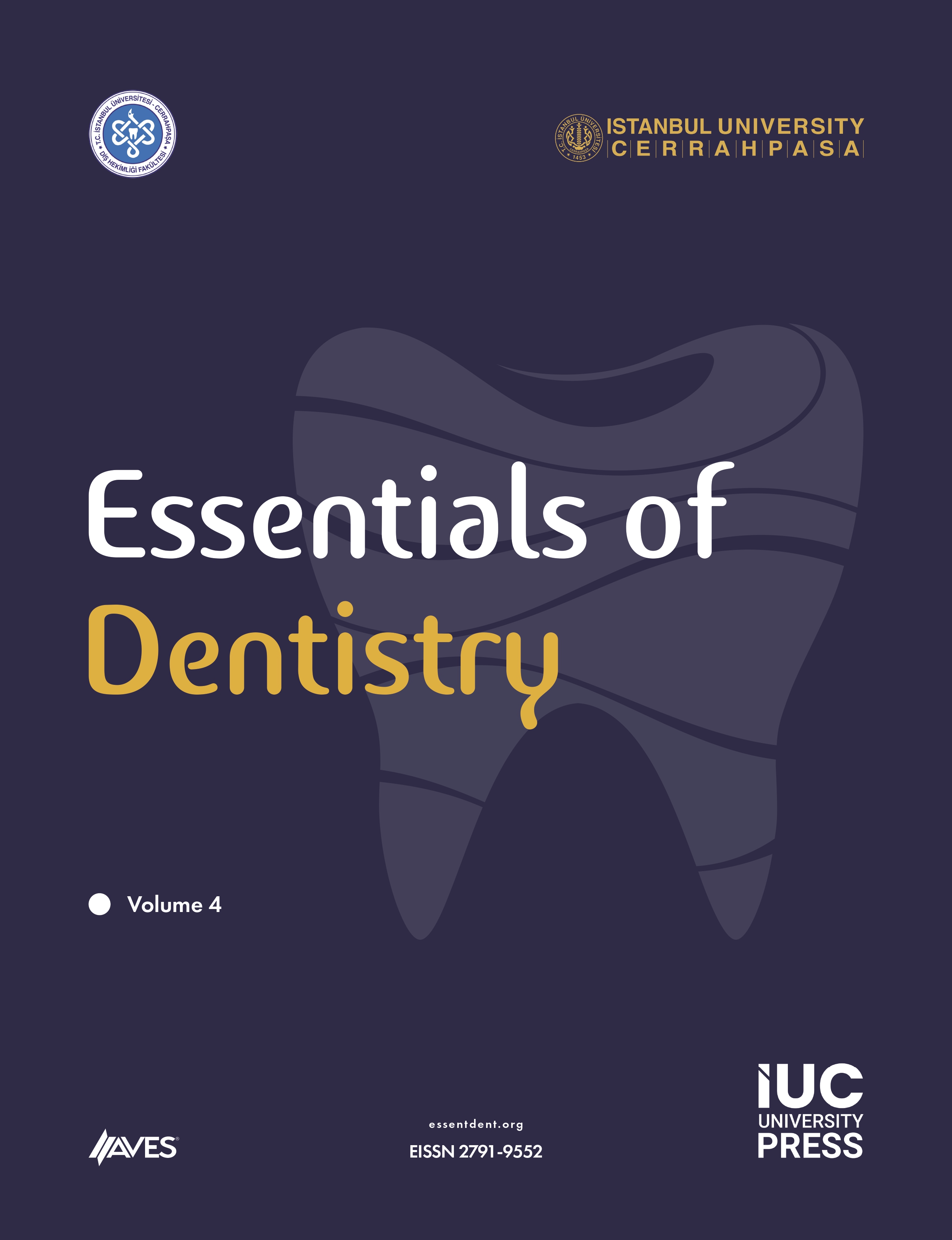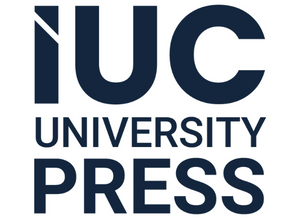Background: The aim of this study was to investigate the effect of different mouth rinses on the color stability of microhybrid (Opallis (OP), FGM) and nanohybrid (Estelite Sigma Quick (ESQ), Tokuyama) composite resins, which are recommended to be used before dental procedures to prevent the spread of severe acute respiratory syndrome coronavirus 2.
Methods: Forty specimens of each composite resin, A2 shade, were prepared and immersed in mouth rinses containing 0.2% chlorhexidine (CHX), 1% povidone-iodine (PVP-I), and 1.5% hydrogen peroxide for 1 minute daily, followed by reincubation in artificial saliva for 28 days. Color measurements were recorded at baseline, 7, 14, and 28 days using a spectrophotometer, and color differences (ΔE00) were calculated to assess color stability. A 2-way ANOVA and Duncan test were used for statistical analysis.
Results: The color stability of both composite resins was significantly affected by the mouth rinses. The microhybrid composite (OP) exhibited greater color changes compared to the nanohybrid composite (ESQ). After 14 and 28 days, the ΔE00 values of OP samples exposed to Andorex, Batiqon, and Dermosept exceeded the clinically unacceptable threshold (ΔE00 > 1.8). In contrast, the nanohybrid composite resin showed lower color change, remaining below the clinical acceptability threshold throughout the study period.
Conclusion: Mouth rinses, particularly those containing CHX and PVP-I, caused significant and clinically unacceptable color changes in composite resin restorations over time. The study suggests that the prolonged use of these mouth rinses in patients with composite resin restorations should be carefully considered to avoid undesirable aesthetic outcomes.
Cite this article as: Çam M. Effect of mouthrınses used for COVID-19 prevention on the color stability of composite resins. Essent Dent. 2025; 4, 0002, doi: 10.5152/EssentDent.2025.25002.






